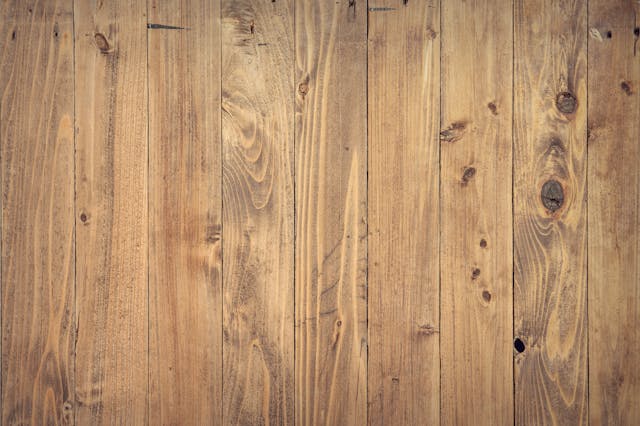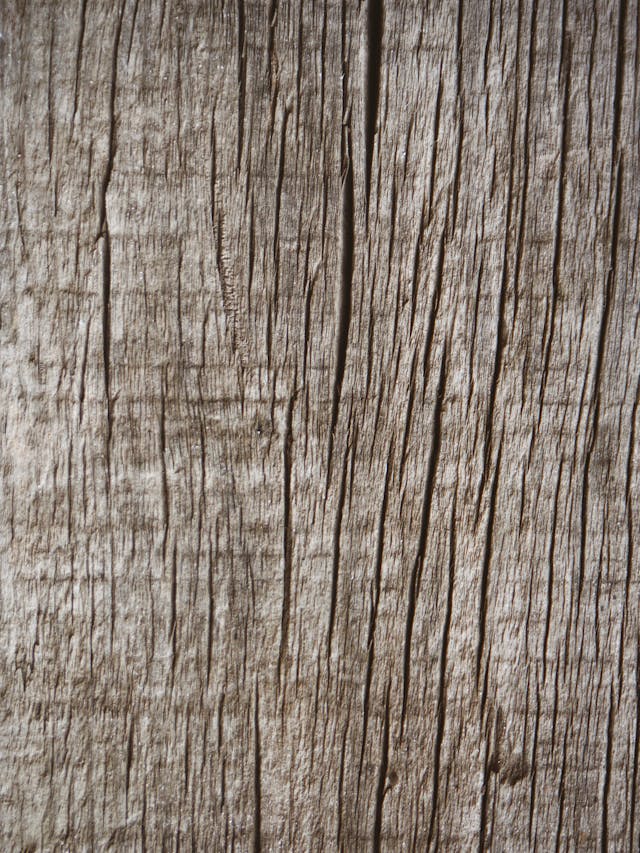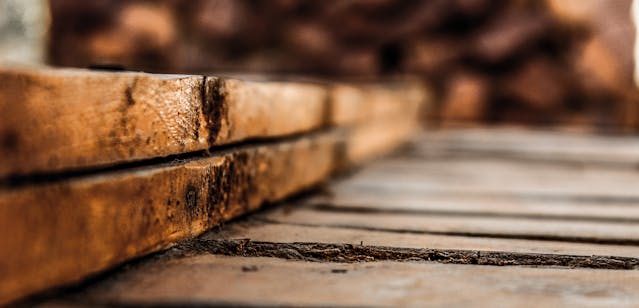Termites might be tiny, but they can cause massive damage if left unchecked. These pests are notorious for their ability to devour wood, leading to billions of dollars in property damage each year across the U.S. If you live in Seattle or its surrounding areas, understanding what termites eat and how they operate is crucial for protecting your home or business.
So, what do termites eat? Let’s find out!
The Termite Appetite: It’s All About Cellulose
So, what do termites eat? The answer centers around one primary component: cellulose. Cellulose is a fibrous organic compound found in plant materials, especially wood, which makes it the perfect meal for termites. It’s essentially the building block of plant cell walls, giving structure and strength to trees, shrubs, and other vegetation.
Termites are uniquely equipped to digest cellulose thanks to special microbes in their digestive systems. These tiny organisms break down the tough fibers, converting cellulose into a usable energy source that fuels the colony. This is why termites have an insatiable appetite for wood and anything else rich in cellulose, from paper to insulation.
Termites and Wood

When you think of termites, the first image that probably comes to mind is them chomping away at wooden structures, and you’d be spot on. Termites are highly efficient wood consumers who prefer softer, more fibrous varieties.
Some types of wood are especially irresistible to these pests:
- Softwood: Pine, cedar, and spruce are prime targets for termites, particularly when they’re damp or decaying.
- Decayed Wood: Termites are naturally attracted to wood weakened by moisture or rot. If your property has experienced water damage, it’s like rolling out the red carpet for termites, inviting them to feast.
Once termites sink their mandibles into wood, the damage can escalate quickly. They compromise beams, floorboards, and even furniture, weakening your home’s structural integrity. That’s why early detection and immediate action are crucial to minimizing their impact.
While wood is termites’ primary target, their appetite doesn’t stop there. As long as something contains cellulose, termites will go after it. Paper products like books, cardboard, and wallpaper can easily become part of their destructive diet.
Termites are also known to feed on live plants, particularly their roots. This can cause issues for your landscaping, especially if you have trees or decorative plants near your property.
However, termites don’t stop with just wood and paper; they may even damage insulation and drywall. From your home’s structural foundation to your valuable belongings, termites can wreak havoc on nearly anything that contains cellulose.
To prevent severe damage, staying vigilant and acting quickly at the first signs of a termite infestation is essential. Early detection can significantly minimize the costly repairs and damage termites can cause.
Signs That Termites Are Eating Your Home

Termites are often called “silent destroyers” because they can go unnoticed for months or years. By the time you see the damage, it’s usually too late. That’s why early detection is vital to minimizing their impact. Here are a few signs that termites might be eating your home:
- Mud Tubes: Subterranean termites build mud tubes as a way to travel from the soil to their food source. These pencil-sized tunnels are often found along foundations, walls, and crawl spaces.
- Hollow-Sounding Wood: If termites have been gnawing away at wooden beams or floorboards, the wood may sound hollow when tapped.
- Frass (Termite Droppings): Drywood termites leave behind small piles of what looks like sawdust near the areas they infest. This material is actually their droppings, known as frass.
- Swarmers: Termites swarm during certain times of the year to reproduce and establish new colonies. If you see a group of flying termites around your property, it’s a clear sign that an infestation might be underway.
Curious if you’re seeing signs of termite damage or regular wood rot? Check out this guide for more information!
Eliminate Termites with Sentinel Pest Control
Preventing termite damage is all about staying one step ahead. Here’s how you can keep these wood-eaters from making themselves at home:
First, tackle moisture. Termites love damp environments, so fix any leaks or water damage as soon as you notice the signs. Make sure your gutters and downspouts are directing water away from your home’s foundation.
Next, clear out dead wood from around your property. Tree stumps, fallen branches, or any wooden debris are like a welcome mat for termites. To minimize risk, keep firewood and other wood-based materials at least 20 feet from your home.
Finally, schedule regular pest control inspections. Termites are sneaky, and early detection can save you from costly repairs down the line. A professional termite exterminator has the expertise, tools, and techniques to eliminate termites and prevent them from returning.
At Sentinel Pest Control, we know the unique termite challenges homeowners face in Seattle and the surrounding areas. Our skilled technicians use cutting-edge techniques to detect and eradicate termites, safeguarding your home and investment from the ground up.
Whether wood, paper, or other cellulose-based materials, termites will stop at nothing to find their next meal. But with the right preventative measures and professional help from Sentinel Pest Control, you can keep these destructive pests at bay and safeguard your home for years to come.


